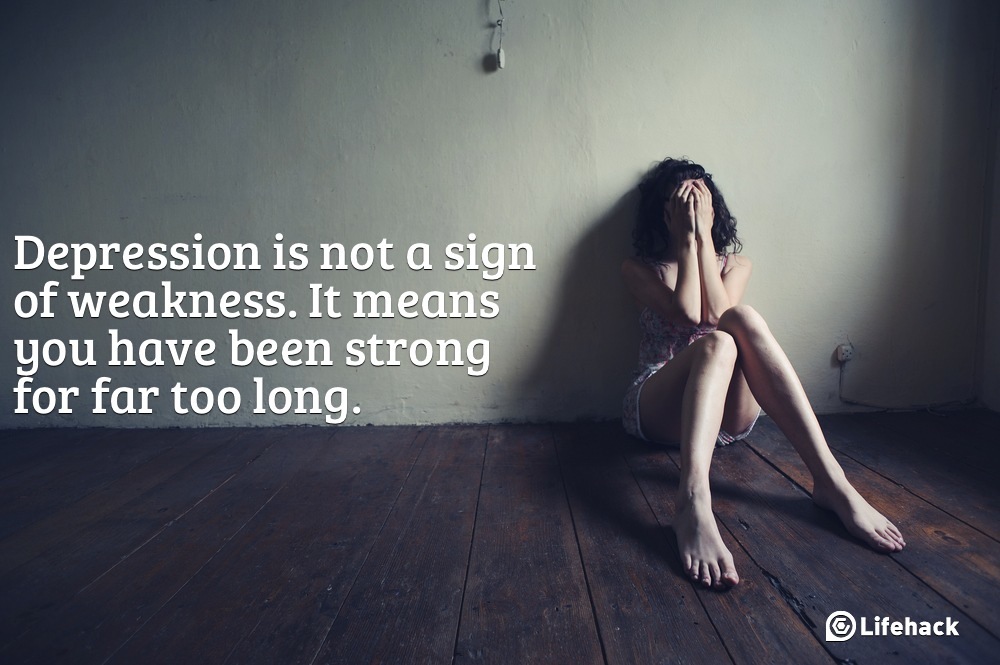Denial and acceptance seem, at first blush, to be polar
opposites. Or perhaps two sides of the same coin.
As a kid, I figured you either completely accepted
something, or completely denied it. The light switch was either on or off, with
no shades of gray in between. Decades later, I eventually realized the
irrationality of such an extreme viewpoint. I began to see that one could indeed accept
certain layers of something, yet deny others. Such as a disability.
Since I was about 10 years old, my disability had become
visually obvious. I could walk unassisted sometimes – wheelchair on the
sidelines – yet there was no denying I was disabled.
Arthritis had
irrevocably claimed me. I had the classic look of a 1970s-era juvenile rheumatoid
arthritis survivor. Should you meet anyone of my era who had severe JRA, our
look is unmistakable. We have very small chins because of jaw joint damage. Our
faces simply didn’t grow fully. We can’t turn our necks so we follow things
with our eyes only. Our shoulder width is narrow. We struggle to raise our
arms, which are short. Our hands are small. Our fingers are twisted, gnarled.
A JRA
survivor’s gait is more of a side-to-side motion, rather than one of forward
strides. If our hips were affected – especially if they were replaced – our
lower backs are arched and our buttocks stick out. We have knee contractures
that keep our legs perpetually bent.
With all of
these undeniable physical changes, you’d think my acceptance of my disability
would be complete. Yet when when I started using a wheelchair more often for
mobility, I would sometimes find myself jumping hoops of rationalizations.
“I can still
walk a little bit, so I’m not as disabled as those other chair users,” I
thought.
One thing I tried
to avoid was looking – as I called it – “professionally crippled.” While I
couldn’t actually define the term “professionally crippled,” I knew it when I
saw it. Kind of like Supreme Court Justice Potter Stewart’s take on
“obscenity.”
The
professionally crippled of the world tricked out their wheelchairs with
beverage holders and bumper stickers. They didn’t discreetly hide their
wheelchair battery chargers or reacher sticks or even urinals. They left things
spread out for anyone to see. They cared more about convenience than
appearance.
As I began my
second half-century on this Earth, I still like to look my best. But now I
value convenience and ease and lack of hassle more than ever. Part of it stems
from just being older and a bit more depleted of energy. Plus, with age, comes
wisdom and the ability to sort out what really matters and what doesn’t.
Time has also
eroded away some of my underlying layers of denial. You might even say I’ve
moved up from amateur to professional rank. I’ve learned to embrace my
disability identity. It’s who I am. I’ve earned it. I own it. And I refuse to
be ashamed.
